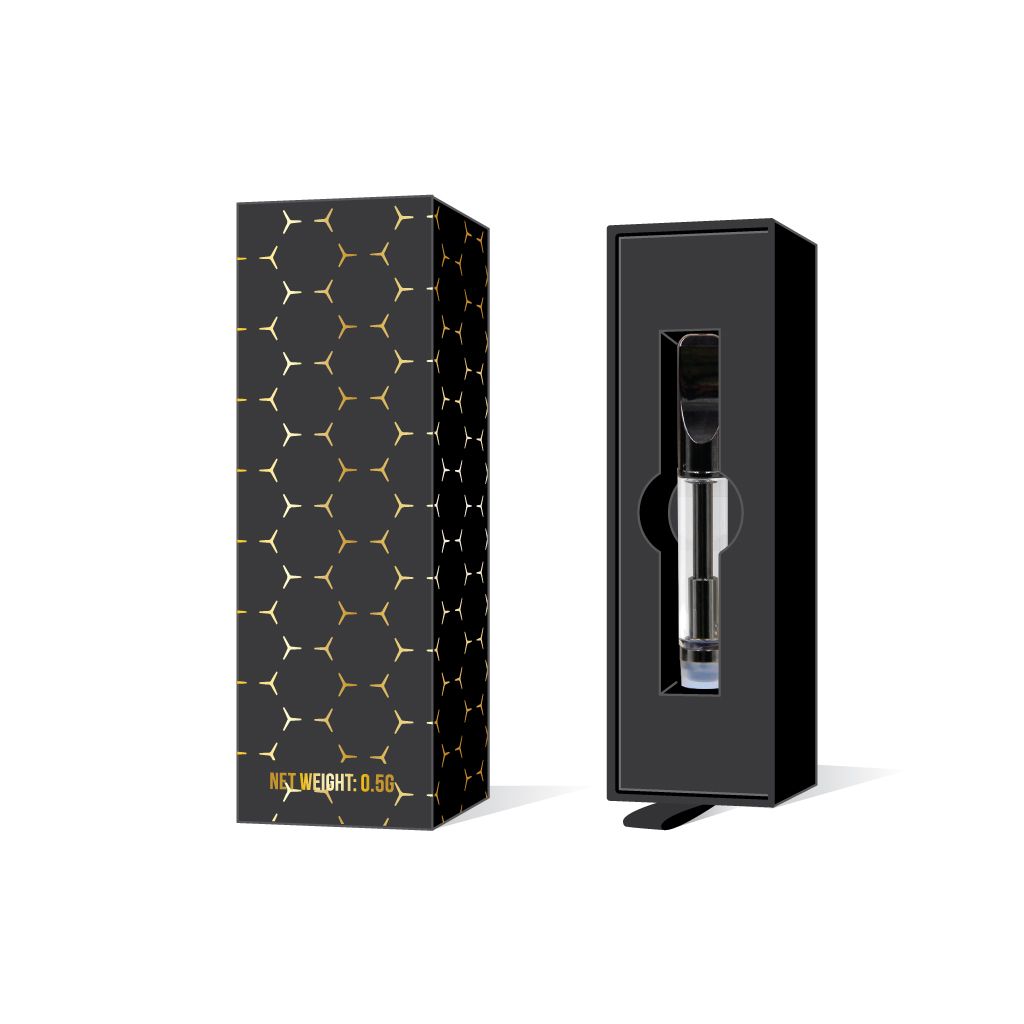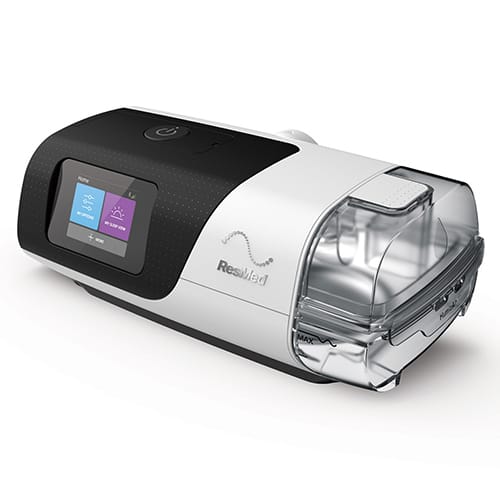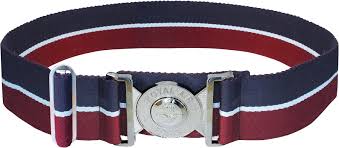Cartridge packaging plays an essential role in the protection, preservation, and presentation of products. In industries like cannabis, pharmaceuticals, and cosmetics, it ensures the safety of delicate products, while also enhancing their appeal on retail shelves. The material used for cartridge packaging not only affects the product’s appearance but also its functionality and sustainability. In this article, we will explore the top materials used in cartridge packaging, highlighting their advantages and drawbacks to give you a clearer picture of their potential applications.
Plastic: The Common Choice for Cartridge Packaging
Plastic is one of the most commonly used materials for cartridge packaging due to its versatility, cost-effectiveness, and ease of production. Many manufacturers prefer plastic because it offers lightweight and durable packaging. Plastics like PET (Polyethylene Terephthalate) and PVC (Polyvinyl Chloride) are frequently used to create protective casings, outer shells, and even internal components in cartridge packaging.
Pros of Plastic Packaging:
-
Cost-Effective: Plastic is a low-cost material, making it an attractive option for bulk production.
-
Lightweight: Being lightweight, plastic helps reduce shipping costs and makes handling easier.
-
Durable: Plastic can withstand impacts and pressure, which helps protect the cartridge from external damage during transport and handling.
-
Design Flexibility: Plastic allows manufacturers to mold it into various shapes, sizes, and colors, offering a broad range of customization options.
Cons of Plastic Packaging:
-
Environmental Impact: One of the main drawbacks of plastic packaging is its environmental impact. Plastic is not biodegradable and can contribute to pollution if not properly recycled.
-
Chemical Leaching: In some cases, certain types of plastic may leach chemicals, especially when exposed to heat or UV light, which could affect the product inside the cartridge.
-
Perception: Consumers are becoming more environmentally conscious, and many view plastic as an unsustainable material, potentially leading to negative brand perception.
Despite these drawbacks, plastic remains a popular choice for cartridge packaging due to its overall benefits, particularly in terms of cost and durability.
Glass: Premium Quality with Aesthetic Appeal
Glass is considered one of the premium materials used in cartridge packaging, offering a sophisticated and high-end feel. Often used for high-value products like premium cannabis cartridges, glass provides an airtight seal and does not react with the contents inside, making it a reliable option for ensuring the integrity of the product.
Pros of Glass Packaging:
-
Premium Appearance: Glass has a sleek, elegant appearance that can elevate the product’s perceived value, making it perfect for luxury markets.
-
Non-Reactive: Glass does not interact with the contents of the cartridge, ensuring that the flavor and quality of the product are not altered over time.
-
Recyclable: Unlike plastic, glass is 100% recyclable and does not contribute to long-term environmental waste.
-
Protection from Contaminants: Glass offers superior protection against contaminants, ensuring the product inside stays pure and fresh.
Cons of Glass Packaging:
-
Fragility: Glass is prone to breaking, which can result in product loss and potential safety hazards during shipping and handling.
-
Heavier: Glass is heavier than plastic, which can increase shipping costs and make the product less portable.
-
Cost: Glass packaging tends to be more expensive to manufacture, which could drive up the price of the final product, making it less suitable for low-cost items.
While glass is a more expensive choice, its premium feel and functionality make it highly desirable for luxury brands or products that require a high level of protection.
Aluminum: A Sustainable and Robust Option
Aluminum is gaining popularity as a sustainable material for cartridge packaging. It is lightweight, durable, and highly recyclable, making it an excellent alternative to plastic for environmentally conscious consumers. Aluminum is often used for cartridges themselves, as well as the outer packaging.
Pros of Aluminum Packaging:
-
Sustainability: Aluminum is one of the most recyclable materials, which helps reduce waste and lowers environmental impact.
-
Durability: It is resistant to corrosion, scratches, and impacts, making it a robust option for protecting products inside the cartridge.
-
Lightweight: Aluminum is lighter than glass and can reduce shipping costs without compromising protection.
-
Barrier Protection: Aluminum offers excellent protection from moisture, light, and air, helping maintain the product’s integrity.
Cons of Aluminum Packaging:
-
Cost: The cost of manufacturing aluminum packaging can be higher than plastic, especially when considering the need for specialized molds and processes.
-
Limited Design Options: While aluminum can be molded into various shapes, it offers fewer design possibilities compared to plastic, especially when intricate details are required.
-
Potential for Denting: Although aluminum is durable, it can still dent under certain pressures, potentially affecting the appearance and function of the cartridge.
Aluminum provides a sustainable, high-quality alternative to plastic and glass, offering excellent protection while being environmentally friendly.
Cardboard and Paperboard: Eco-Friendly Cartridge Packaging
For environmentally conscious brands, cardboard and paperboard have emerged as popular materials for cartridge packaging. These materials are biodegradable, recyclable, and can be made from sustainable sources, making them an excellent choice for eco-friendly packaging.
Pros of Cardboard and Paperboard Packaging:
-
Eco-Friendly: Both materials are biodegradable and made from renewable resources, making them a great option for brands looking to reduce their carbon footprint.
-
Customizability: Cardboard and paperboard can be easily printed on, allowing brands to create unique, attractive designs that help improve the visual appeal of their products.
-
Lightweight: These materials are lightweight, which reduces shipping costs and makes the packaging easier to handle.
-
Cost-Effective: Cardboard and paperboard are relatively inexpensive materials, making them a cost-effective option for brands looking to maintain a low production budget.
Cons of Cardboard and Paperboard Packaging:
-
Vulnerability to Moisture: Paper-based materials can absorb moisture, which could lead to degradation or compromise the integrity of the cartridge packaging.
-
Durability: While cardboard and paperboard provide decent protection, they are not as durable as glass or plastic, and may not offer the same level of protection during transit.
-
Limited Barrier Properties: Cardboard and paperboard are not as effective at providing a barrier against light, air, or moisture, which could affect the freshness of the product inside the cartridge.
Despite these challenges, cardboard and paperboard remain a popular choice for eco-conscious brands that prioritize sustainability over other factors.
Hybrid Materials: Combining Strength and Sustainability
Some manufacturers opt to combine different materials to take advantage of the strengths of each. Hybrid packaging, which combines materials like plastic and paperboard or aluminum and glass, offers a balance of durability, aesthetic appeal, and environmental sustainability.
Pros of Hybrid Packaging:
-
Enhanced Durability: By combining materials, hybrid packaging can provide the durability of plastic or aluminum with the environmental benefits of paperboard.
-
Sustainability: Combining materials like recyclable plastics with cardboard can create packaging that is both functional and eco-friendly.
-
Cost Efficiency: Hybrid packaging can allow brands to save on costs by using more affordable materials where possible, while still offering a premium feel with other materials.
Cons of Hybrid Packaging:
-
Complex Manufacturing: Creating hybrid packaging requires more advanced manufacturing processes, which could increase production time and costs.
-
Recycling Challenges: While hybrid materials can be recyclable, separating different materials during the recycling process can sometimes be difficult, reducing the overall environmental benefits.
Hybrid packaging offers a creative solution that combines the best of both worlds, although it may not be as straightforward as using a single material.
Biodegradable Plastics: A Step Toward Sustainability
As sustainability becomes an increasing priority, biodegradable plastics have gained traction as an alternative to traditional plastics. These materials break down more quickly in the environment, reducing the impact of plastic waste.
Pros of Biodegradable Plastic Packaging:
-
Eco-Friendly: Biodegradable plastics are designed to break down over time, reducing the amount of plastic waste that ends up in landfills.
-
Versatility: Like traditional plastics, biodegradable plastics can be molded into various shapes and sizes, making them ideal for cartridge packaging.
-
Functionality: These materials still provide the same level of durability and protection as conventional plastic, ensuring the product inside is safe during transport.
Cons of Biodegradable Plastic Packaging:
-
Higher Costs: Biodegradable plastics are typically more expensive to produce than traditional plastics, which could drive up the overall cost of the product.
-
Limited Availability: Not all manufacturers may have access to biodegradable plastics, which could limit the scalability of these materials.
-
Decomposition Conditions: Biodegradable plastics may require specific conditions, such as heat or moisture, to decompose properly, which can limit their effectiveness if not properly managed.
Biodegradable plastics offer an environmentally friendly alternative to traditional packaging materials, but they come with a few challenges that need to be addressed.
Conclusion
The materials used in cartridge packaging vary widely, each offering a set of benefits and challenges. Plastic, glass, aluminum, cardboard, and hybrid options all play a role in protecting products while balancing costs and sustainability. The choice of material depends largely on the target market, brand values, and the type of product being packaged. As sustainability becomes more important, manufacturers are increasingly looking to environmentally friendly options like biodegradable plastics and cardboard. Ultimately, selecting the right material requires careful consideration of functionality, protection, cost, and environmental impact. By weighing the pros and cons of each material, businesses can make informed decisions that align with their goals and meet the expectations of their customers.







0 Comments